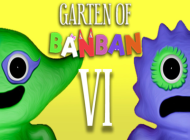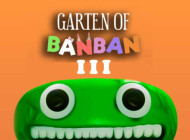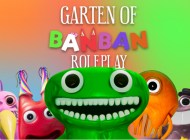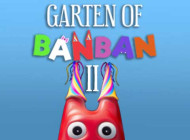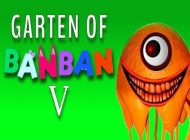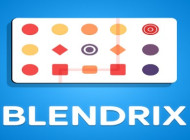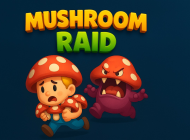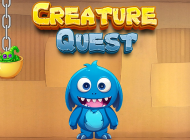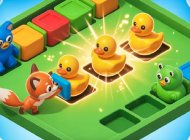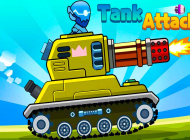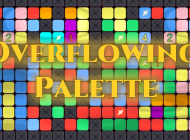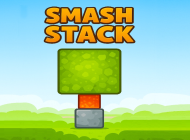Relate Games
Connections Game
The objectives of the game Connections Game are to:
Stimulate Critical Thinking: The game challenges players to think critically and make connections between seemingly unrelated items. It encourages them to analyze and identify relationships, patterns, and associations.
Foster Creativity: Connections prompts players to think creatively and make unconventional associations. It encourages them to explore different perspectives and come up with unique connections.
Enhance Lateral Thinking: The game promotes lateral thinking, which is the ability to think outside the box and make connections that may not be immediately apparent. It encourages players to consider alternative viewpoints and draw on their knowledge and experiences.
Encourage Communication and Collaboration: Connections is typically played in a group setting, which fosters communication and collaboration among players. It allows for sharing and discussing different connections, leading to engaging conversations and the exchange of ideas.
Have Fun and Enjoyment: The primary objective of the game is to have fun and enjoy the process of making connections. It offers an entertaining and intellectually stimulating experience for players of all ages.
To play the game, follow these steps:
Gather a group of players: The game can be played with two or more players. The more players, the more diverse and creative the connections can be.
Determine the order of play: Decide who will start the game, and rotate turns clockwise or counterclockwise.
Choose a starting item: The first player selects a word, phrase, or concept as the starting item. This can be anything they choose, as long as it is clear and understandable to all players.
Set a time limit: Decide on a time limit for players to make their connections. This ensures that the game moves along smoothly and keeps the pace lively.
Make connections: Each player, in turn, must make a connection to the previous item within the given time limit. They can do this by stating a word, phrase, or explanation that establishes the relationship between the current item and the previous item.
Justify connections: After stating their connection, players must provide a brief explanation or justification for how the two items are related. This helps other players understand the connection and assess its validity.
Continue the game: The next player then takes their turn and makes a connection to the previous item. The game continues, with each player building upon the connections made by the previous players.
Explore different dimensions: Encourage players to explore various dimensions for making connections, such as similarities, contrasts, cause and effect, symbolism, historical events, cultural references, and more. This adds depth and diversity to the game.
Enjoy the process: The game is not about winning or losing but about the enjoyment of making connections and engaging in creative thinking. Encourage players to have fun and appreciate the unique connections that emerge.
End the game: The game can continue for as long as players wish. To end the game, players can agree on a set number of rounds or a specific endpoint. Alternatively, the game can be played casually without a designated end point.
Remember, the rules of Connections Game can be adjusted and customized based on the preferences of the players. The main objective is to stimulate thinking, encourage creativity, and foster enjoyable interactions among players.
Instructions
using mouse



